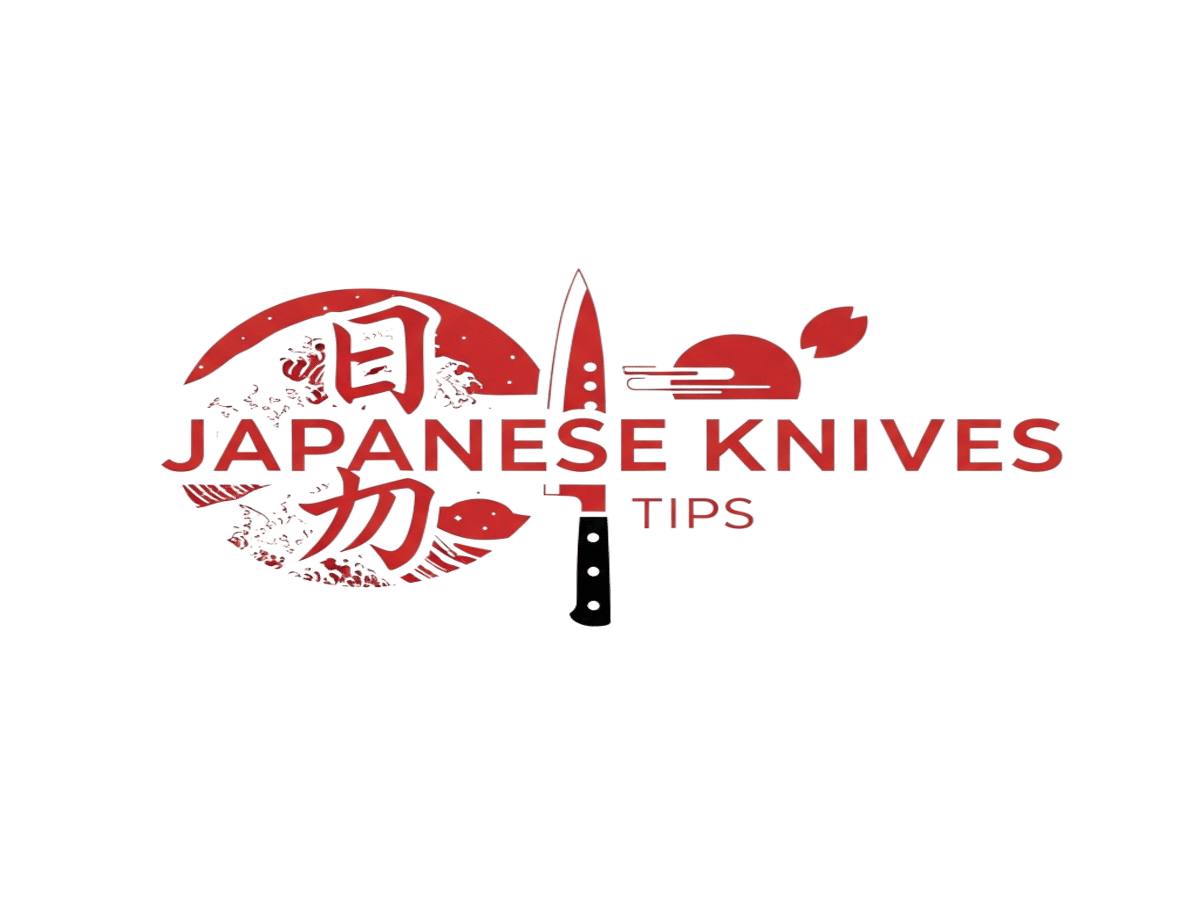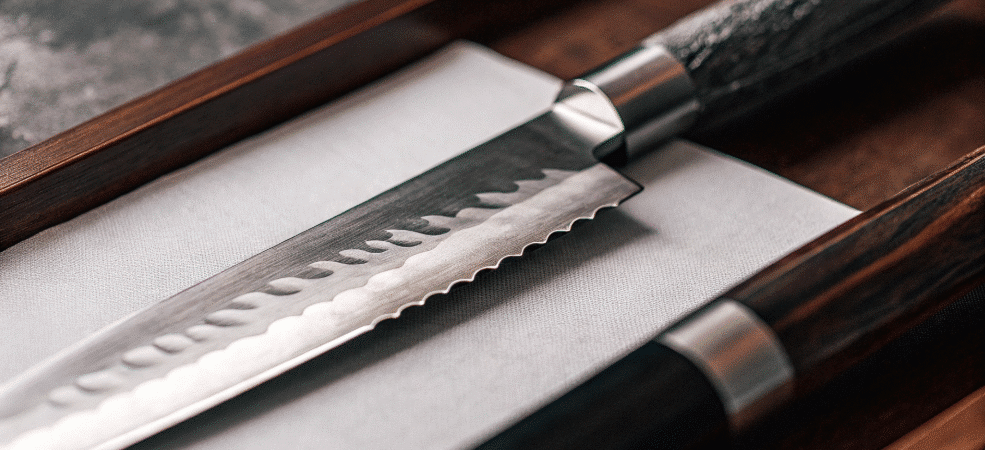When I first heard about kotetsu knives, I was drawn to their sharpness and unique design. Beyond their functionality, kotetsu knives are celebrated for their art and beauty, showcasing exceptional artistic craftsmanship and visual appeal. These knives aren’t just tools; they carry a story that dates back to Japan’s first ironclad warship, also named Kotetsu—a distinctive class of warship originally built in France and later acquired by the country of Japan. If you’re into cooking and appreciate a good knife, this one’s worth your attention.
- What Makes Kotetsu Knives Stand Out?
- The Story Behind the Name
- Japanese Influence on Kotetsu Knives
- How Kotetsu Knives Are Made
- What It’s Like to Use a Kotetsu Knife
- Caring for Your Kotetsu Knife
- Different Styles and Sizes
- Culinary Applications of Kotetsu Knives
- Why Chefs and Home Cooks Love Kotetsu Knives
- Where to Find Kotetsu Knives
- Final Thoughts
- Frequently Asked Questions
What Makes Kotetsu Knives Stand Out?
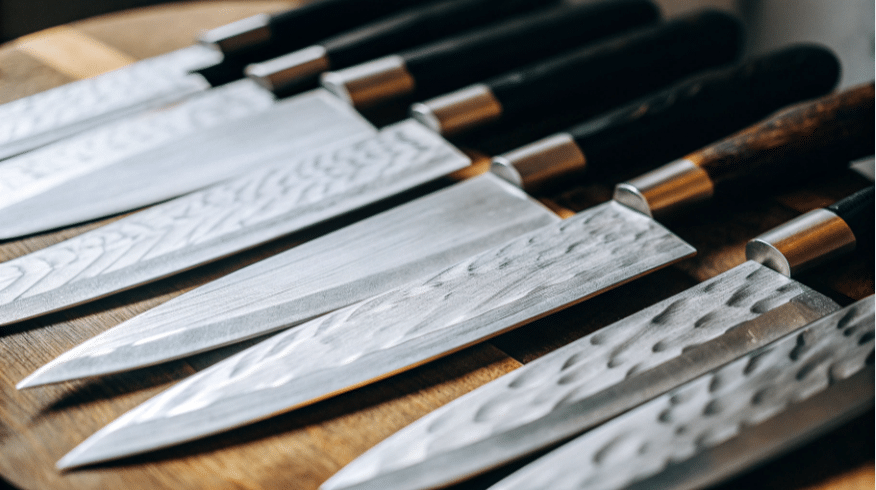
Kotetsu knives are crafted with a steel clad blade. That means the blade has a hard core made from stainless powder steel SG2, wrapped with two softer layers of stainless steel. This combo keeps the blade sharp and tough but also flexible enough to handle daily kitchen work without chipping or breaking easily.
The blade’s cutting edge features a clean line that enhances both its cutting performance and visual appeal. Its sharp and precise edge, along with the pointed tip, allows for accurate cuts—perfect for scoring vegetables or slicing meat cleanly. The design feels balanced and comfortable in hand, making it easier to control when you’re chopping or dicing.
The Story Behind the Name
The name “Kotetsu” literally means “ironclad” in Japanese. It’s a nod to Japan’s first ironclad warship, which played a big role in Japan’s naval modernization and military history. The ship was originally built in France as part of a series of ironclad ships, including the Sphinx, and was classified as a third-class warship for the Confederate States Navy during the American Civil War, under the name CSS Stonewall. The owner at the time, the French shipbuilder, was required by the French government to sell the ship to Denmark, who then decided to sell it to the Confederates. Eventually, the ship was sold to Japan and renamed Kotetsu, with each owner influencing its journey and operational use.
The Kotetsu featured a distinctive bow and a short stern, giving it a blade-like appearance that was radical for its time. Its hull was protected by iron armor plating, which was a key feature in surviving naval battles. Research has revealed new details about the ship’s design and operational history, showing how pivotal decisions during its service decided the outcomes of several engagements. From these experiences, much was learned about naval warfare and ship design.
This warship was known for its strong armor and powerful guns, and the knife’s maker took inspiration from that strength and durability when designing the blades. So, when you hold a kotetsu knife, you’re holding a piece of history shaped by steel and battle.
Japanese Influence on Kotetsu Knives
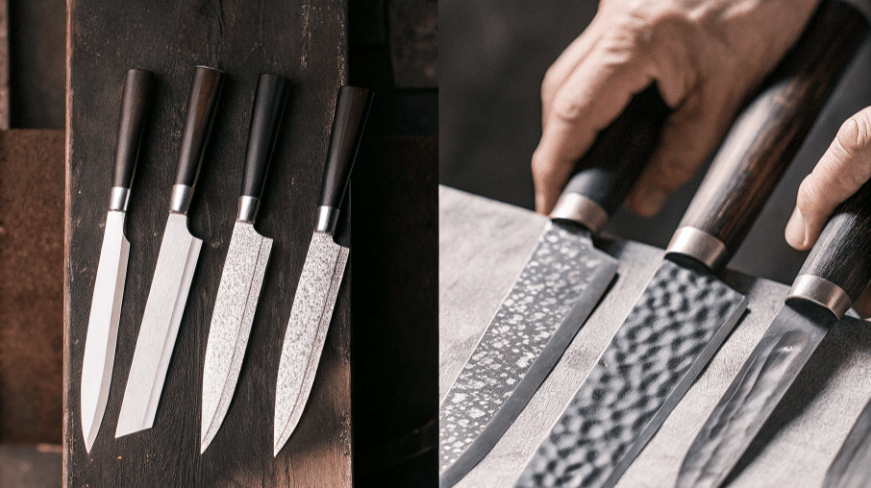
Kotetsu knives are special.
They come from Japan.
They have deep roots.
The name “Kotetsu” means something. It honors Japan’s first ironclad ship. That ship was powerful. It was advanced. It was from the Edo period. This isn’t just a name. It’s about spirit. It’s about being tough. It’s about being precise. That’s what Japanese knives are all about.
Shibata Takayuki makes these knives.
He’s famous.
He’s good at what he does.
He takes old techniques. Japanese blacksmith techniques. Then he mixes them with new design. The result? A unique blade. Each Kotetsu knife is steel clad. The cutting edge is razor-sharp. The point is fine and sharp. What can it do? Score vegetables. Slice meat. Handle delicate kitchen tasks. You can see the influence. Classic Japanese knife styles. Gyuto and nakiri. The blade profile shows it. The balance shows it. Who uses them? Professional chefs. Passionate home cooks. Both love them.
The design is careful.
The steel selection is careful.
Every Kotetsu knife is beautiful. Every one is functional. What do you get? A knife that shows the best of Japanese craftsmanship. Made for accuracy. Made for durability. Made for ease of use. What are you preparing? Vegetables? Meat? Intricate garnishes? The Japanese influence shines through. Every cut shows it. That’s why Kotetsu knives are prized. Any kitchen wants them.
How Kotetsu Knives Are Made
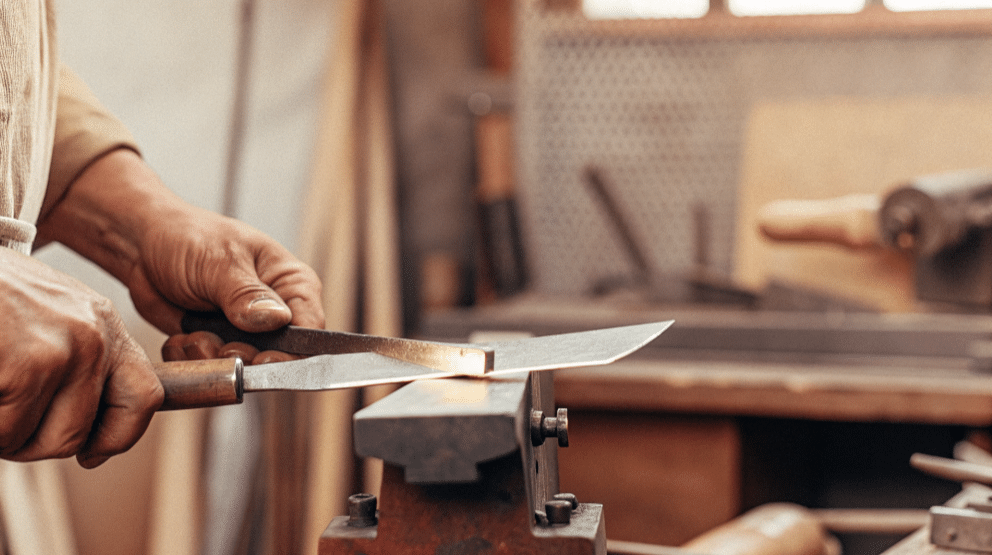
Making a kotetsu knife isn’t quick or easy. Skilled knife makers use traditional methods mixed with modern tech to shape and sharpen each blade. The steel clad construction protects the tough SG2 core while keeping the blade flexible. The outer layers also help resist rust and damage. This thoughtful construction bridges the gap between traditional Japanese craftsmanship and modern cutlery innovation, offering the best of both worlds.
The blade is polished roughly on both sides, which isn’t just for looks. This rough finish breaks up moisture when cutting juicy veggies, letting the blade glide through more easily without sticking.
The handle is usually made of rosewood, shaped in the classic Japanese WA style. It’s comfortable and secure in your hand, which is important when you’re doing lots of prep work.
What It’s Like to Use a Kotetsu Knife
I’ve used different Japanese knives before, but the kotetsu knife feels special. The blade is thin, so it slices through food with little effort. The sharp point helps with detailed work, like scoring vegetables or trimming meat.
The slight curve of the blade is a happy medium between a gyuto and a nakiri knife. It’s not too round or too straight, so it doesn’t create too much friction but still makes good contact with the food. A lot of thought went into perfecting this curve, balancing the cutting edge for optimal performance in the kitchen. This design helps you cut faster and with less strain.
Caring for Your Kotetsu Knife
Taking care of a kotetsu knife means treating it right. Always hand wash it with warm water and dry it immediately. Avoid putting it in the dishwasher since that can damage the blade and handle.
Sharpening is best done with a whetstone, not a honing steel. The steel clad design means the core is very hard, so it needs a proper sharpening stone to keep the edge clean and sharp.
Also, steer clear of harsh chemicals or abrasive scrubbers that could harm the blade’s surface. With proper care, your kotetsu knife will stay sharp and reliable for years.
Different Styles and Sizes
The kotetsu knife collection has a few different styles to suit various kitchen tasks. The gyuto style is great for slicing meat and fish, while the nakiri style is perfect for chopping vegetables. There’s even a Type III gyuto that’s a bit more classic in design but keeps the same sharpness and edge retention.
Sizes vary too, so whether you want a small knife for delicate work or a larger one for big chopping jobs, there’s something in the range for you.
Culinary Applications of Kotetsu Knives
Kotetsu knives are versatile.
They perform well.
Chefs love them.
Home cooks love them too.
Why?
They give you accuracy. They give you control. The steel clad construction is robust. The cutting edge is sharp. The point is precise. You can score vegetables easily. Tomatoes? No problem. Peppers? Easy. Eggplants? Perfect. The blade cuts clean. The cuts are even. Prepping for stir-fry? Simple. Making garnishes? Beautiful.
What about meat?
The Kotetsu gyuto slices well. It portions perfectly. The nakiri style chops vegetables. It dices fast. It’s accurate. The design is thoughtful. Each knife feels balanced. Each knife feels comfortable. Long cooking sessions? No fatigue. You get control. You get precision. Every movement counts.
Professional kitchens use them.
Home kitchens use them.
They handle many tasks. Sushi prep? Yes. Sashimi? Yes. Carving roasted meats? Absolutely. Mincing herbs? Perfect. They’re durable. They resist damage. They stay sharp over time. Customers stay happy. Chefs stay satisfied. With proper care? Your Kotetsu becomes a partner. A reliable partner. Every cooking experience gets smoother. Faster. More enjoyable.
Why Chefs and Home Cooks Love Kotetsu Knives
What really makes these knives popular is the mix of precision and durability. The steel clad blade holds its edge well, so you don’t have to sharpen it all the time. The sharp point and balanced design make cutting easier and more enjoyable.
Plus, the story behind the name adds a cool factor. Knowing the knife connects to a historic ironclad warship gives it character beyond just being a kitchen tool.
Where to Find Kotetsu Knives
You can find kotetsu knives online from specialty retailers or directly from makers who focus on Japanese-style knives. Look for knives with the steel clad SG2 core and rosewood handles to get the authentic feel and quality.
Some sellers also offer sharpening and maintenance services, which can be handy if you want to keep your knife in top shape without fuss.
Kotetsu knives are highly sought after by chefs and collectors around the world, reflecting their international reputation for quality and design excellence.
Final Thoughts
Kotetsu knives bring together history, craftsmanship, and practicality in one sharp package. They’re not just beautiful blades but also tough and reliable tools that make cooking easier. Whether you’re a pro chef or just love cooking at home, a kotetsu knife can be a great addition to your kitchen.
If you want a knife that cuts well, feels good in your hand, and has a story behind it, the kotetsu knife fits the bill. Give it a try, and you might find it becoming your go-to blade for all your kitchen tasks.
Frequently Asked Questions
Are kotetsu knives good for beginners?
Yes, they are! Kotetsu knives are sharp but balanced, making them easy to control. The blade’s design helps you cut smoothly without much effort, so even if you’re new to cooking, it won’t feel overwhelming.
Can I use a kotetsu knife for all types of food?
Mostly, yes. The blade works great for slicing meat, fish, and vegetables. It’s like a mix between a gyuto and nakiri knife, so it handles a lot of kitchen tasks well. Just be careful with really hard stuff like bones or frozen food.
How often should I sharpen my kotetsu knife?
It depends on how much you use it, but usually every few months is enough. Since the blade is made with a hard steel core, it holds its edge longer than regular knives. When it does need sharpening, use a whetstone to keep it in top shape.
